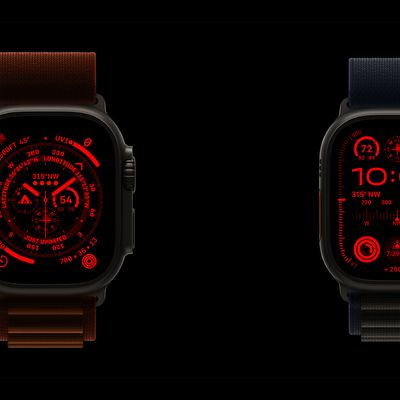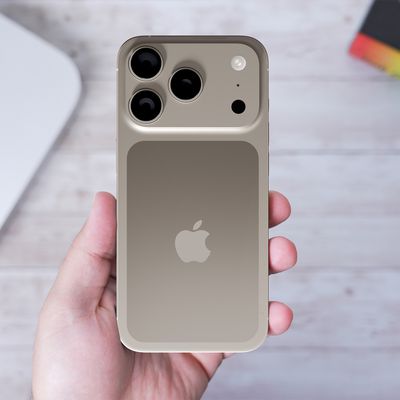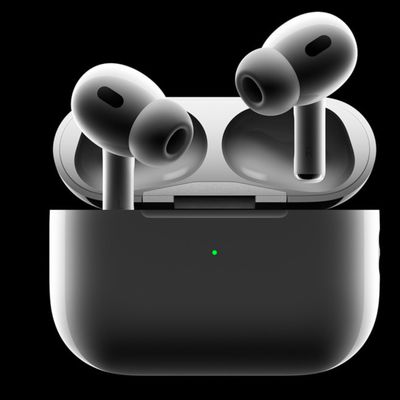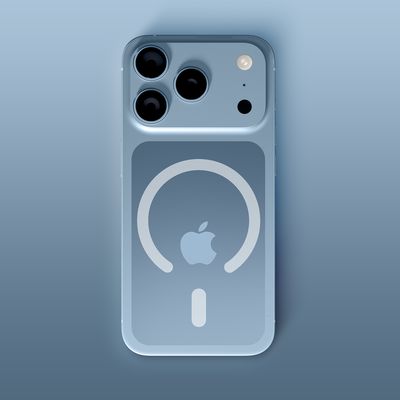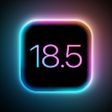Continuous AFib Monitoring Coming to Fitbit Watches Following FDA Approval
Fitbit owner Google this week came a step closer to rivaling the health features of Apple Watch after the FDA approved its new algorithm for continuously monitoring users' heart rate rhythms.
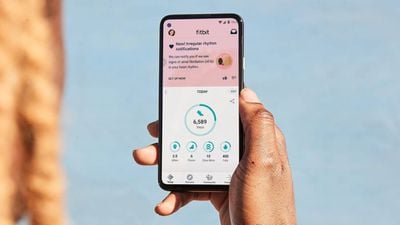
Like Apple Watch, Fitbit devices with a heart-rate monitoring capability include an ECG app that must be manually run by the user to check for irregular rhythms, which can be a sign of atrial fibrillation (AFib), a potentially serious heart arrhythmia condition. AFib affects nearly 33.5 million people globally, and individuals with AFib have five times higher risk of stroke.
For several years, the Apple Watch has had one up on rival smartwatches by including an irregular rhythm notifications feature, which occasionally checks heart rhythm in the background and sends a notification if an irregular heart rhythm is identified that could potentially be atrial fibrillation (AFib). Upon receiving a notification, users can then launch the ECG app and perform a more comprehensive 30-second test by placing their finger on the Digital Crown to generate an ECG waveform.
Google's new PPG (photoplethysmography) algorithm works similarly by passively monitoring heart rhythm in the background overnight and whenever the user is resting, making for a potentially more capable life saver.
The clinical validation for Fitbit's PPG algorithm is supported by data from the landmark Fitbit Heart Study, which launched in 2020 and enrolled 455,699 participants over five months. The study was conducted entirely virtually during the pandemic, making it one of the largest remote studies of PPG-based software to date. Data presented at the 2021 American Heart Association Scientific Sessions found that the Fitbit PPG detections correctly identified AFib episodes 98% of the time, as confirmed by ECG patch monitors.
Google says the new PPG-based algorithm and Irregular Heart Rhythm Notifications feature will soon be available to consumers in the U.S. across a range of heart-rate enabled Fitbit devices.
Apple plans to further bolster the health smarts offered by Apple Watch this year, with a new body temperature monitoring sensor expected to feature in the Apple Watch Series 8. As part of watchOS 9, Apple is also planning to improve its existing atrial fibrillation detection feature with a new capability to measure how long a person is in a state of atrial fibrillation across a certain period.
Popular Stories
The long wait for an Apple Watch Ultra 3 appears to be nearly over, and it is rumored to feature both satellite connectivity and 5G support.
Apple Watch Ultra's existing Night Mode
In his latest Power On newsletter, Bloomberg's Mark Gurman said that the Apple Watch Ultra 3 is on track to launch this year with "significant" new features, including satellite connectivity, which would let you...
Apple's next-generation iPhone 17 Pro and iPhone 17 Pro Max are just over two months away, and there are plenty of rumors about the devices.
Below, we recap key changes rumored for the iPhone 17 Pro models.
Latest Rumors
These rumors surfaced in June and July:Apple logo repositioned: Apple's logo may have a lower position on the back of the iPhone 17 Pro models, compared to previous...
The iPhone 17 Pro Max will feature the biggest ever battery in an iPhone, according to the Weibo leaker known as "Instant Digital."
In a new post, the leaker listed the battery capacities of the iPhone 11 Pro Max through to the iPhone 16 Pro Max, and added that the iPhone 17 Pro Max will feature a battery capacity of 5,000mAh:
iPhone 11 Pro Max: 3,969mAh
iPhone 12 Pro Max: 3,687mAh...
Apple's position as the dominant force in the global true wireless stereo (TWS) earbud market is expected to continue through 2025, according to Counterpoint Research.
The forecast outlines a 3% year-over-year increase in global TWS unit shipments for 2025, signaling a transition from rapid growth to a more mature phase for the category. While Apple is set to remain the leading brand by...
AppleInsider's Marko Zivkovic today shared a list of alleged identifiers for future Mac models, which should roll out over the next year or so.
The report does not reveal anything too surprising, but it does serve as further evidence that Apple is seemingly working on new models of every Mac, including the MacBook Air, MacBook Pro, iMac, Mac mini, Mac Studio, and Mac Pro.
Apple is...
The upcoming iPhone 17 Pro and iPhone 17 Pro Max are rumored to have a slightly different MagSafe magnet layout compared to existing iPhone models, and a leaked photo has offered a closer look at the supposed new design.
The leaker Majin Bu today shared a photo of alleged MagSafe magnet arrays for third-party iPhone 17 Pro cases. On existing iPhone models with MagSafe, the magnets form a...



